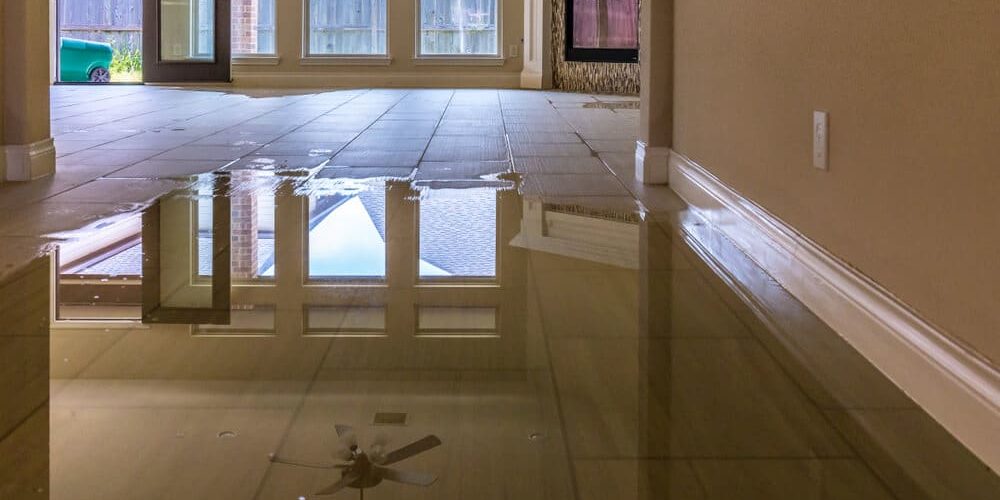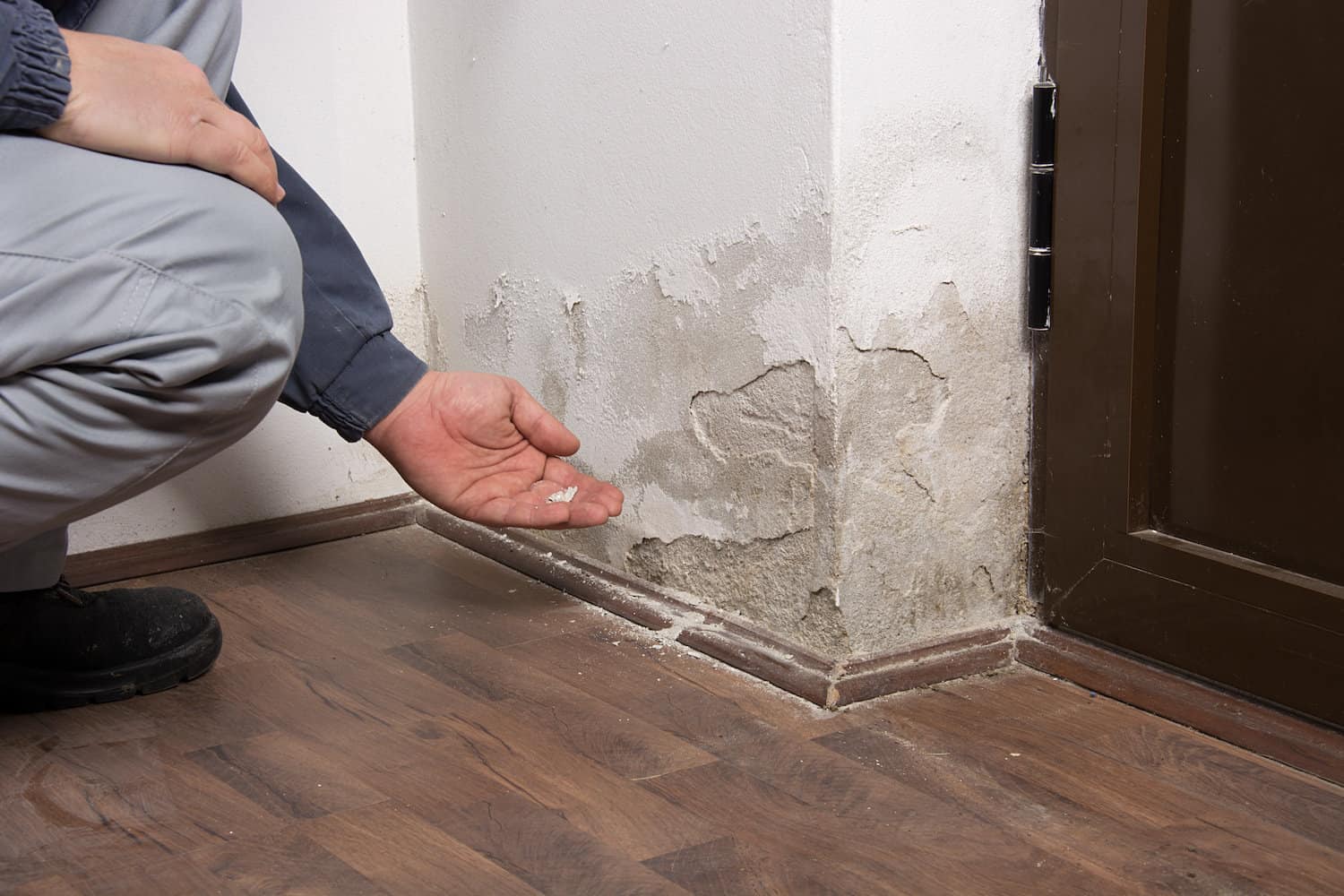Water Damage Cleanup Experts Offering Prompt and Efficient Solutions
Water Damage Cleanup Experts Offering Prompt and Efficient Solutions
Blog Article
The Refine of Water Damage Cleanup: Ensuring Your Home Is Restored Efficiently
Water damages can be a complicated challenge for home owners, demanding a precise and organized cleaning procedure to recover safety and security and capability. Originally, a thorough assessment is essential to recognize the degree of the damage and determine the ideal removal actions. Following this, effective water removal methods play a critical duty in reducing more damage. The subtleties of drying, sanitizing, and ultimate reconstruction are similarly essential and usually neglected. Understanding these stages can make a significant distinction in the end result of your home's repair, triggering a closer appearance at what each step entails.
Examining the Damages
Upon uncovering water damage, the very first step is to completely analyze the degree of the influence. This preliminary examination is vital, as it aids identify the required steps for reliable cleaning and reconstruction. Begin by examining the impacted areas, including wall surfaces, ceilings, floors, and personal items, to determine the source of the water intrusion, whether from flooding, leakages, or condensation.
Recording the damage is essential for both insurance policy claims and intending restoration efforts - damage restoration services. Usage pictures and composed notes to record the extent of the damages, keeping in mind any afflicted architectural elements and materials. Pay unique focus to locations that may not be promptly visible, such as behind walls and under rugs, as concealed wetness can cause further issues, including mold and mildew development
In addition, assess the timeline of the water exposure. The longer the materials continue to be damp, the higher the potential for damage. Understanding the duration of exposure will certainly educate the seriousness of removal efforts. Ultimately, a detailed evaluation prepares for a successful water damage cleaning process, ensuring that all influenced areas are attended to effectively and thoroughly.
Water Extraction Strategies

Experts generally utilize completely submersible pumps for bigger volumes of water, which can promptly reduce flooding in basements or other affected locations. For smaller sized quantities, wet/dry vacuum cleaners are commonly utilized to extract residual moisture from rugs and difficult surface areas. Additionally, making use of mobile extractors permits targeted elimination in restricted spaces or locations with fragile products.
In circumstances of contaminated water, such as sewage or floodwater, advanced removal strategies might involve the use of biohazard equipment to guarantee safety and security and conformity with health regulations. High-powered extraction devices are important in minimizing water retention in architectural products, which can bring about mold development and structural deterioration otherwise attended to quickly.
Inevitably, the efficiency of water extraction methods plays a pivotal duty in the overall success of the water damage clean-up process, preparing for subsequent remediation initiatives.
Drying and Dehumidification
Once standing water has actually been properly extracted, the next important stage in the water damage cleanup process is drying and dehumidification. This step is important to protect against additional damage and mold and mildew growth, which can take place within 24 to 2 days in moist atmospheres.
To accomplish reliable drying, customized tools such as industrial-grade air moving companies and dehumidifiers is used. Air moving companies circulate air throughout damp surfaces, enhancing evaporation rates, while dehumidifiers decrease moisture levels in the air, promoting a conducive atmosphere for drying. The mix of these devices guarantees that dampness is drawn out from furnishings, floorings, and walls, permitting them to completely dry extensively.
It is crucial to keep an eye on the drying out process closely. Specialists usually utilize wetness meters to examine the wetness web content in numerous materials, ensuring that all affected areas reach appropriate dryness degrees. This meticulous technique assists to stop covert dampness pockets that can lead to structural damages or harmful mold growth.

Cleaning and Sterilizing
After the drying and dehumidification phase is complete, the next important action in water damages cleanup is cleaning up and sterilizing the impacted locations. This process is crucial to avoid the development of mold and mildew, bacteria, and various other virus her explanation that prosper in wet environments.
The cleansing phase usually includes getting rid of any type of particles, dust, and impurities from surfaces utilizing specialized cleaning up agents. For tough surface areas, a combination of soap and water or commercial cleaning products is often employed. Soft products, such as furniture and carpetings, might call for extra substantial cleansing methods, consisting of vapor cleansing or deep extraction strategies, to make sure thorough hygiene.

Sterilizing complies with cleaning, utilizing EPA-approved disinfectants to get rid of dangerous microorganisms. This action is vital, particularly in locations that may have come right into call with floodwaters or sewage, as these sources can position severe wellness threats.
Furthermore, it is necessary to deal with any staying odors, which might need using odor neutralizers or sophisticated techniques like ozone therapy. Proper cleansing and sterilizing not just bring back the safety and security and hygiene of your home however likewise lay the groundwork for effective restoration and repairs in subsequent phases of the water damage clean-up procedure.
Reconstruction and Repairs

Once the analysis is total, reconstruction efforts can begin. This usually entails fixing or changing damaged materials, ensuring that all work adheres to local building codes and criteria. As an example, if drywall has been compromised, it will need to be gotten rid of and continue reading this changed with new product. In addition, floor covering may require similar focus, relying on the level of water exposure.
It is important to involve experienced remediation professionals during this procedure, as they have the knowledge to take care of complex repair work properly. In addition, they can aid mitigate possible future concerns, such as mold and mildew development or architectural instability, therefore making sure a habitable and risk-free living environment. Ultimately, effective restoration and fixings restore the home's stability and boost its total worth.
Conclusion
To conclude, the process of water damages clean-up is vital for bring back a home to its pre-damage condition. Each phase, from assessing the damages to executing reliable water removal techniques, complied with by thorough drying out, disinfecting, and needed repair services, plays an essential function in making sure safety and conformity with structure requirements. Efficient implementation of these steps not just alleviates prompt damage yet likewise improves the long-term stability and worth of the residential property.
Water damage can be a complicated difficulty for property owners, demanding a organized and thorough clean-up process to restore security and capability. Eventually, a detailed evaluation lays the groundwork for a successful water damages cleaning process, making sure that all my company influenced locations are attended to successfully and completely.
Reliable water extraction techniques are important in minimizing damage and protecting against more issues complying with a water breach event.In final thought, the procedure of water damage clean-up is vital for bring back a home to its pre-damage problem. Each phase, from analyzing the damage to carrying out efficient water removal techniques, adhered to by extensive drying out, sterilizing, and needed repair work, plays a vital role in ensuring safety and compliance with structure standards.
Report this page